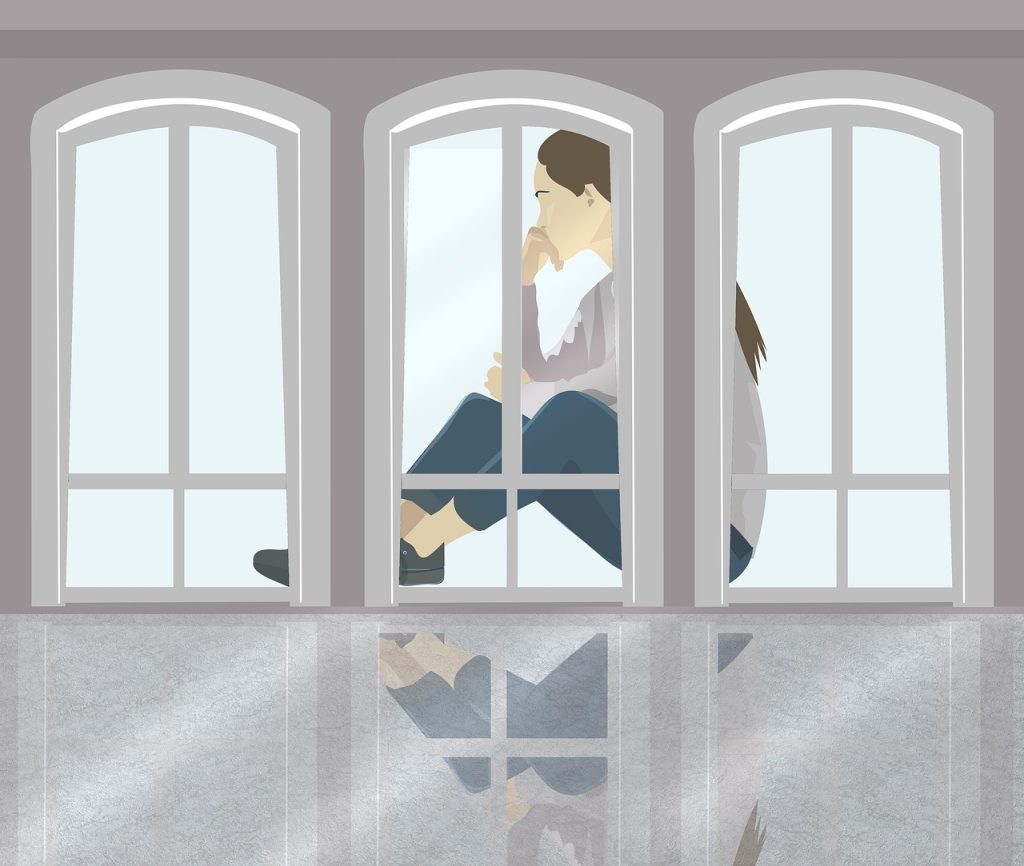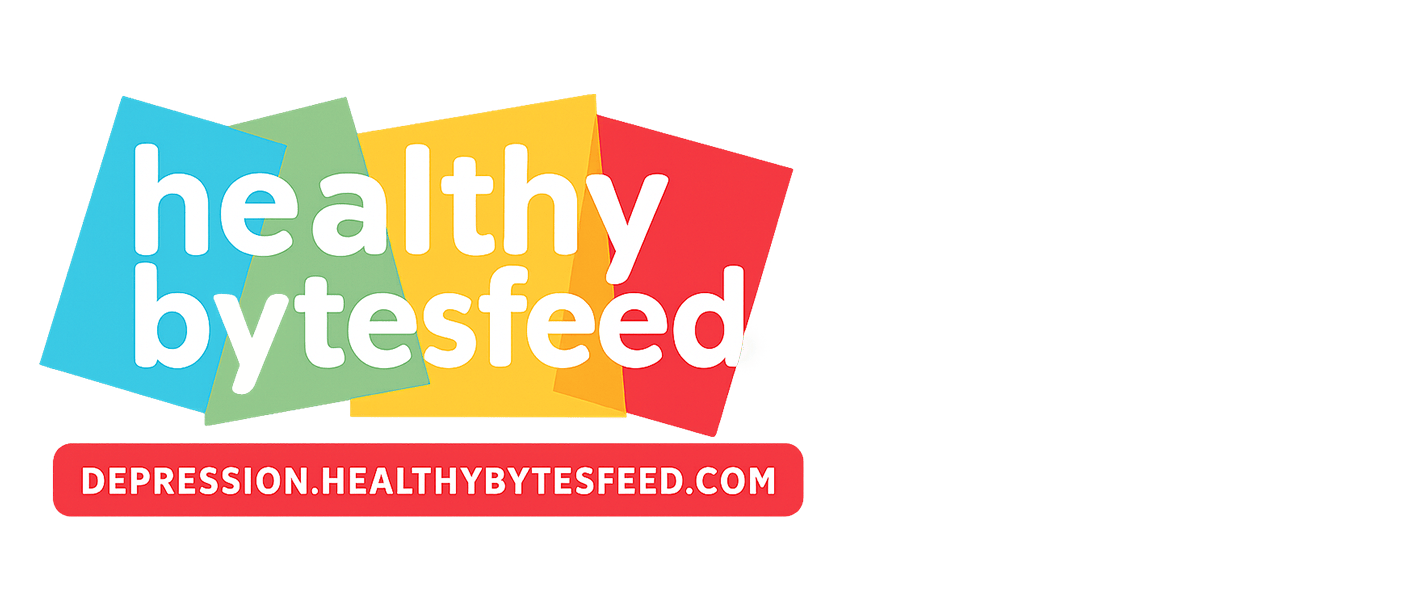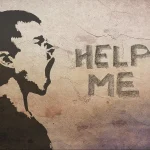- 1、Don’t Treat “Emo” as a Joke: 3 Signs That Depression May Be Approaching
- 2、True Stories: Depression Hidden by “Emo” Almost Destroyed Them
- 3、 Scientific Distinction: 4 Key Differences Between Ordinary “Emo” and Depression
- 4、How Young People Can Respond to Depression Hiding Behind “Emo”
- 5、Conclusion: Don’t Let “Emo” Become a “Cover” for Depression
- 6、References
- 7、Disclaimer
“Felt so emo today” “Got triggered by an emo video”—scroll through social media, and you’ll find these remarks have become daily lingo for young people. Many treat “emo” as a casual emotional label, but what they don’t realize is: when “emo” shifts from a fleeting mood swing to a persistent “emotional slump” lasting more than two weeks, it might be depression quietly sending a “distress signal.” Data from the U.S. National Institute of Mental Health (NIMH) shows that the prevalence of depression among 18-25 year olds is as high as 17.3%, making this age group one of the most at-risk across all demographics. However, due to misunderstandings about depression, over 70% of young people dismiss early symptoms as “overreacting” or “being too fragile,” missing the optimal window for intervention.
Don’t Treat “Emo” as a Joke: 3 Signs That Depression May Be Approaching
As a volunteer who has long focused on youth mental health, I’ve noticed a common misconception young people have about “emo”: some see “feeling down at night but fine in the morning” as normal, while others use “I’m just sensitive” to mask real pain. But according to NIMH’s diagnostic criteria for depression, you should be alert if “emo” is accompanied by the following 3 signs for more than two weeks;
1. “Emo” Becomes Irreversible: From “Temporary Low” to “Prolonged Numbness”
Ordinary “emo” might fade with a good meal or a friend’s comfort, but the low mood caused by depression is an “irreversible numbness”—for example, losing all motivation to open a game or follow a favorite celebrity you once obsessed over; forcing a laugh at a funny video, then sinking into emptiness the moment you turn off your phone. Sofia (pseudonym), a 22-year-old college student in the U.S., wrote in her diary: “I used to feel better after listening to a song when I was emo, but now even my favorite band sounds like noise in my headphones.”
2. “Emo” Invades Daily Life: From “Emotional Issue” to “Functional Breakdown”
Depression quietly erodes basic life skills: some let takeout boxes pile up for a week because they “have no energy”; others fail 3 final exams due to “inability to concentrate”; still more cancel all social plans because they “fear being around people.” NIMH research points out that 63% of adolescent and young adult depression patients experience “impaired social functioning,” such as skipping classes or avoiding workplace interactions.
3. “Emo” Comes With Self-Doubt: From “Venturing About Stress” to “Denying Existence”
Ordinary “emo” might lead you to say “Today was hard,” but depression often makes people say “I’m useless” or “I’m a burden.” This self-denial isn’t just emotional venting—it’s a cognitive distortion caused by imbalanced brain neurotransmitters. As Jake (pseudonym), a 24-year-old U.S. programmer, put it in an interview: “I know the project failure wasn’t my fault alone, but I can’t stop thinking ‘If I hadn’t joined, the team wouldn’t have lost.’”

True Stories: Depression Hidden by “Emo” Almost Destroyed Them
Case 1: “I Thought It Was Graduation Anxiety—Turns Out Depression Was Draining My Energy”
Emily (pseudonym), a 23-year-old graduate of New York University’s media program, posted “emo daily updates” on social media during the 2023 job search: “Applied to 50 jobs and got no replies—am I worthless?” “My mind went blank in the interview—I’m obviously not cut out for work.” At first, she thought it was “graduation anxiety,” but one morning she woke up, stared at the ceiling, and cried for 2 hours—too exhausted even to get dressed. Her roommate finally dragged her to the doctor, where she was diagnosed with moderate depression.
Doctors told her that long-term job search stress had reduced serotonin production in her brain, turning her “emo” into depression. Emily said: “I used to think ‘Everyone else can handle this—why can’t I?’ Now I realize it’s not that I’m weak; my brain just needs a break.” Later, through “cognitive restructuring” therapy at the school’s counseling center, she kept a “small achievements journal” (e.g., “Successfully talked to an HR rep for 10 minutes today”) and gradually regained confidence in her job search after 3 months.
Case 2: “The More Emo Videos I Watched, the Harder It Was to Stop—I Almost Dropped Out”
Tyler (pseudonym), a 19-year-old freshman at the University of California, Los Angeles, became addicted to short videos during the 2022 pandemic: “I couldn’t help liking videos about ‘graduating into unemployment’ or ‘how hard it is to be young.’ The more I watched, the more emo I felt—and the more I felt like watching, often until 3 a.m.” Later, he started suffering from insomnia, zoning out in class, and even had thoughts of dropping out. His mom took him to the doctor, where he was diagnosed with mild depression.
NIMH researchers analyzing Tyler’s case noted that short video platforms’ “emo content algorithms” worsen negative emotional cycles—when people are in a low mood, algorithms keep pushing similar content, leading to “emotional rumination” that can trigger or worsen depression. Tyler later improved his mood by “managing screen time” (only 30 minutes of short videos a day, with “emo” keywords blocked) and “outdoor walking plans.” By the end of the semester, he even earned a scholarship.
Scientific Distinction: 4 Key Differences Between Ordinary “Emo” and Depression
Many young people can’t tell the difference between “emo” and depression, leading them to either “overreact” or “delay intervention.” Combining NIMH diagnostic criteria and clinical cases, I’ve summarized 4 key points to help you judge quickly:
| Aspect | Ordinary “Emo” | Depression Signs |
| Duration | A few hours to 1-2 days; eases on its own | Over 2 weeks; no obvious improvement |
| Trigger | Clear cause (e.g., argument, job loss, exam failure) | No clear cause; persists even after trigger fades |
| Impact on Life | Doesn’t affect basic life (eating, sleeping, working/studying) | Disrupts eating/sleeping; sharp drop in work/study efficiency |
| Self-Regulation | Improves with music, talking, exercise | No improvement despite trying multiple methods |
If you or someone around you meets 3 or more “Depression Signs,” consider taking the NIMH-recommended PHQ-9 scale for initial screening (available on legitimate medical platforms). A score of ≥10 means you should seek professional help promptly. Note that the PHQ-9 is only a preliminary screening tool—not a substitute for a doctor’s diagnosis. As Emily put it: “If your score is high after self-testing, don’t panic—seeing a doctor is the right move.”
How Young People Can Respond to Depression Hiding Behind “Emo”
1. Stop “Self-PUA”: Depression Isn’t “Oversensitivity”—Your Brain Needs Help
Many young people hide their emotions for fear of being called “weak.” For example, Tyler initially refused to see a doctor because “depression felt embarrassing.” But NIMH emphasizes that depression is a common organic disorder—like a cold or fever—not a “character flaw.” Just as we don’t mock someone with a cold for “having no energy,” we shouldn’t mock someone with depression for “being tired.” When you feel “unable to cope,” tell yourself: “I need help right now—and that’s not my fault.”
2. Build an “Emotional First-Aid Kit”: 3 Low-Cost Ways to Ease “Emo” Worsening
“5-Minute Walk Rule”: When you’re feeling down, force yourself to get dressed and go outside for 5 minutes. Sunlight and fresh air boost endorphin production in the brain, temporarily easing low moods. Emily used this method to go from “unable to get out of bed” to “able to walk for 20 minutes daily.”
“Emotion Journal”: Use your phone’s notes app to record daily mood changes (e.g., “Felt emo at 2 PM after no interview reply; felt better at 4 PM after talking to a friend”). Long-term recording helps you identify triggers—like “I get emo after interviews on Mondays”—so you can prepare in advance.
“Help List”: Make a list of people you can turn to (e.g., close friends, family, school counselors). When “emo” becomes unmanageable, reach out to someone on the list. Don’t worry about “being a bother”—people who care about you will be willing to support you.
3. Watch for “Ineffective Coping”: These Behaviors May Worsen Depression
Don’t numb yourself with “short videos or milk tea”: Short-term pleasure may temporarily lift your mood, but long-term reliance on “instant gratification” weakens your ability to regulate emotions.
Don’t force yourself to “stay positive”: Many people say “You should cheer up,” but faking happiness when depressed only adds mental stress. Instead, accept “I’m not feeling well right now” and let your emotions flow naturally.

Conclusion: Don’t Let “Emo” Become a “Cover” for Depression
“Emo” itself isn’t a bad thing—it’s a way for young people to express their emotions. But when “emo” turns into a long-term emotional struggle, we can’t dismiss it as “overreacting” or “being fragile.” NIMH research shows that over 80% of young depression patients recover if they receive early intervention.
I hope every young person who says “emo” knows: You’re not alone in struggling, and you’re not “weak.” If “emo” has left you feeling unable to cope, don’t be afraid to ask for help—as Emily said: “Admitting you need help is true courage.”
References
National Institute of Mental Health (NIMH). Depression Topic Page. https://www.nimh.nih.gov/health/topics/depression
National Institute of Mental Health (NIMH). The Neurobiology of Depression. https://www.nimh.nih.gov/research/research-conducted-at-nimh/neurobiology-of-depression
The New York Times. “Gen Z Depression: When ‘Emo’ Becomes an Unshakable Shadow During Job Searches.” June 18, 2023. https://www.nytimes.com/2023/06/18/health/gen-z-depression-job-search.html
The Washington Post. “Short Video ‘Emo Trends’: Why Young People Feel More Depressed the More They Watch?” August 22, 2023. https://www.washingtonpost.com/health/2023/08/22/gen-z-depression-social-media-emo/
National Institute of Mental Health (NIMH). Copyright Policy. https://www.nimh.nih.gov/site-info/policies#part_2718
Disclaimer
1.Part of the data and content in this article is sourced from the U.S. National Institute of Mental Health (NIMH) official website and public news reports (see References for details). The text has been used in compliance with NIMH’s copyright policy, with no misleading modifications to the original meaning and no use of images from its website.
2.The scales and emotional regulation methods mentioned in this article are for popular science reference only and do not constitute any medical advice, diagnosis, or treatment plan.
3.The external links included in this article are valid and relevant to the content, but the accuracy, completeness, and timeliness of the linked webpage content are not guaranteed.
4.If you or someone around you has related health issues, please consult a qualified doctor or legitimate medical institution and follow professional guidance for evaluation and intervention.







Discuss